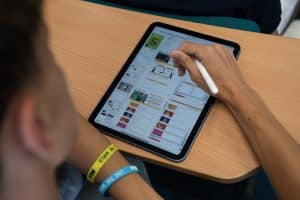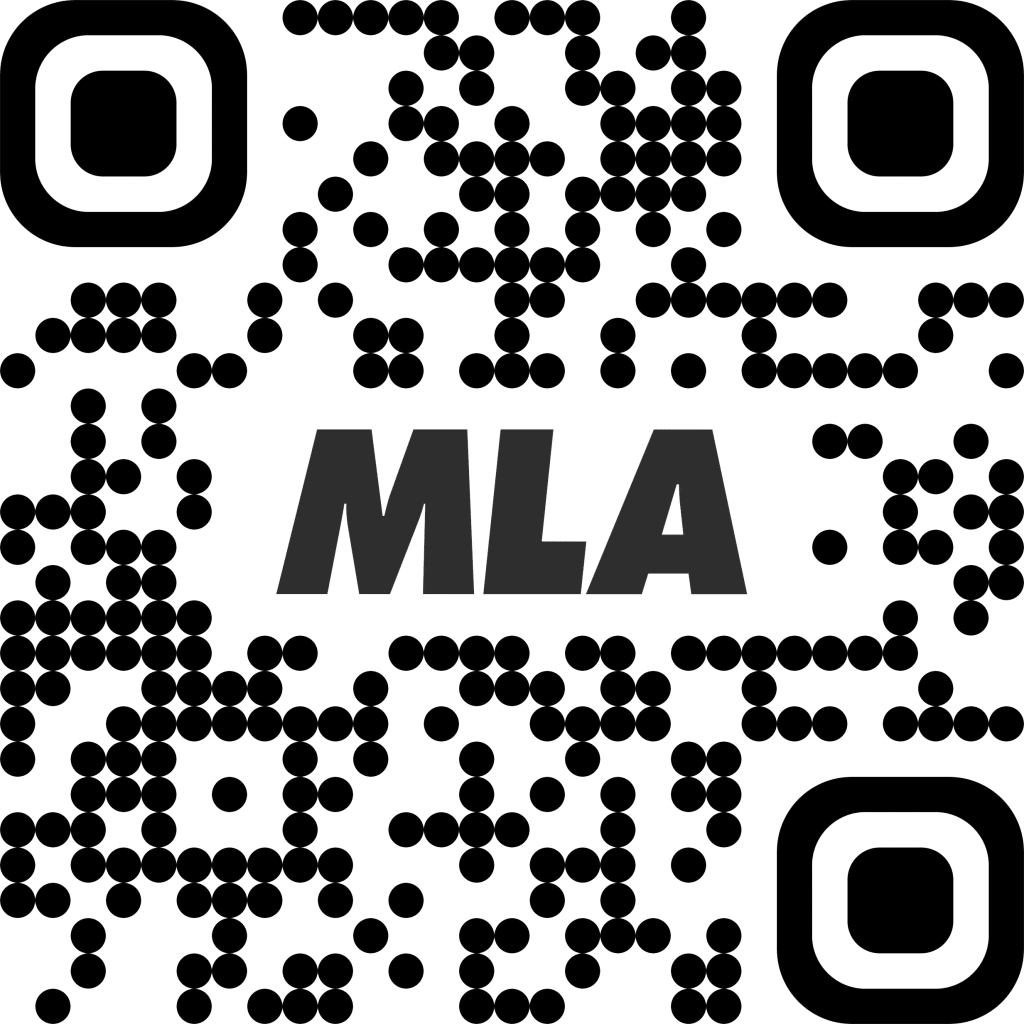Indice articolo
The current situation
Take a look at some course books that you use with your students and in particular how those books choose to teach the skill of reading. It probably won’t take long to come to the conclusion that there is quite strong agreement on how reading ‘should’ be taught in the English language classroom. It is likely that you will find something that begins with teachers promoting a brief discussion or prediction activity to raise interest in the topic. This can be helpful because it supports top-down processing (where learners use background information to anticipate the content of the text). To support bottom-up processing, a few key items of vocabulary may be taught, again with the purpose of making the text more accessible. Both of these teaching sequences can be very sensible (and principled) teaching strategies.
After this preparation, teaching materials will usually supply both gist and more intensive reading tasks, usually achieved through the setting of comprehension questions. When those reading comprehension questions have been answered and checked, there is likely to be a further task, integrating other language skills, such as a discussion or role play.
Of course, there may be some variations on this model, but essentially a pattern of preparation before reading, questions about the text, and a post reading task seems to be the way in which our profession believes that reading skills are best developed.
Why should we question this model?
There can be little doubt that a well-established teaching routine, such as the one described above, can have its uses – not least in the security its very predictability offers to both learners and teachers. However, there is also value in questioning why we do what we do and being prepared to rethink even our most established practices. This brief article cannot analyse all stages of the model described above in detail, but we will consider two essential points that emerge from it.
We don’t always have to use comprehension questions
First, in the model that currently dominates (described above) we don’t really ‘teach’ reading at all. Instead, we test reading (Nunan, 2015). This tendency to replace teaching with testing has unfortunate consequences because it results in a focus on product – did the learners get the comprehension questions right? – rather than providing insight into the process by which the answers were arrived at. Teaching should be concerned with understanding where and why communication between reader and text broke down, whereas testing is concerned with the number of correct answers. Seeing reading in the classroom as a series of reading tests leads to a tendency to set questions that have a single correct answer because a feature of many tests is that each question can have only one correct response. However, such questions often test the extraction of fairly superficial and unimportant details from a text. This is at the expense of tasks that promote more authentic responses to what has been read, or those that demand a deeper understanding. For example, more demanding sequences might include requiring the reader to link and synthesize information from more than one part of the text, to build summaries and draw conclusions and inferences about things that are not necessarily explicitly stated. These are important skills to develop if we are to help our learners to become proficient in reading. However, they do not lend themselves easily to being tested in simplistic ways, such as through a multiple choice format.
We can start with questions and then find texts
Another feature of the current ‘teaching’ model is that reading is taught via texts being chosen for learners and then information identified that can be retrieved. The pattern is one of choosing a text and then identifying questions to be answered. However, outside the classroom we often start by identifying the information we need and then seeking texts that answer our very real questions. For example, if I need to apply for a visa to visit a particular country, I will start by making an internet search and then selecting the texts that can answer my questions about the application process. So, in real life, we often start with questions we want to find answers to, then we find texts, and then we select some texts to read in detail. Indeed, identifying the most useful texts could be considered an important skill in itself but one that is absent from many ELT classrooms.
So what can we do in the classroom?
What does this mean for our teaching? One implication is that we can move towards using a wider variety of reading tasks. For example, we can build reading into larger task sequences, whereby learners identify texts, and use information from them, to inform their writing, presentations or class discussions. Students identify information they need and read in order to find it. This moves away from treating reading in isolation and situates as part of a wider communicative language task of which reading is one vital component.
Similarly, it is not difficult to see how we could move away from the single right answer, often superficial, type of comprehension question. For example, many texts may lend themselves to some kind of ranking activity (listing the three most important arguments, funniest examples, least believable claims and so on). Also, learners can be asked to build summaries of each section, which is a natural and realistic task. In both cases learners would be expected to justify the choices they make, helping the teacher to see where misunderstanding may have occurred. Learners can also be encouraged to mark a text as they read, using symbols such as those below (adapted from Watkins, 2011).
ü = I agree with this
X = I disagree with this
? = I don’t understand fully
Ʌ = I need/want more explanation
↔ = compare this to…
! = this is surprising/shocking
lol = this is funny
This activity again promotes a more authentic response to the text. Notice how there is not a single ‘correct’ response – individuals may react differently – and instead there is a focus on learners reacting and then discussing those reactions.
Conclusion
I would not argue that the established paradigm for teaching reading should be completely scrapped and replaced. However, I believe there is a strong case for questioning its dominance and reflecting on its strengths and weaknesses. The types of activity used to illustrate the arguments made here could easily be used alongside more traditional comprehension type questions and help to balance teaching and testing, shifting the emphasis towards more authentic responses and away from a product based view of reading, measured in correct answers.
References
Nunan, D. 2015. Teaching English to speakers of other languages: An introduction. Abingdon: Routledge.
Watkins, P. 2011. Making the most of it. English Teaching Professional issue 74.
Peter Watkins has been involved in teacher education for many years, including both pre-service and in-service programmes. He is a currently the Course Leader for the MA in Applied Linguistics and TESOL at the University of Portsmouth, UK. His main research interests relate to teacher education and teacher education materials writing. His publications include Learning to Teach English (Delta Publishing, second edition 2014, first edition 2005), Cambridge English Teacher: Vocabulary and Pronunciation (Cambridge University Press, 2012),The CELTA Course Trainee Book and The CELTA Course Trainer’s Manual (both co-authored with Scott Thornbury, Cambridge Unive











